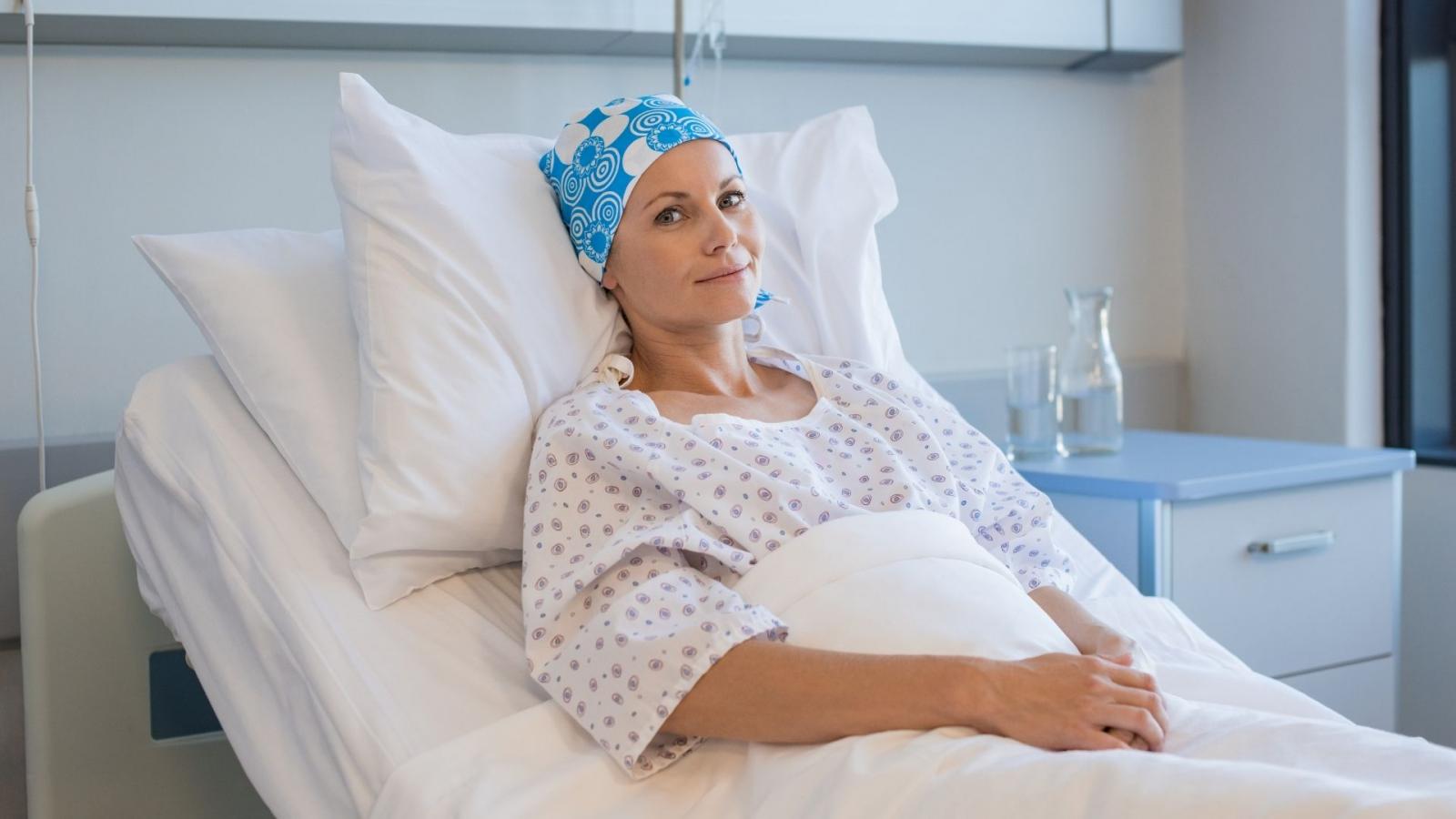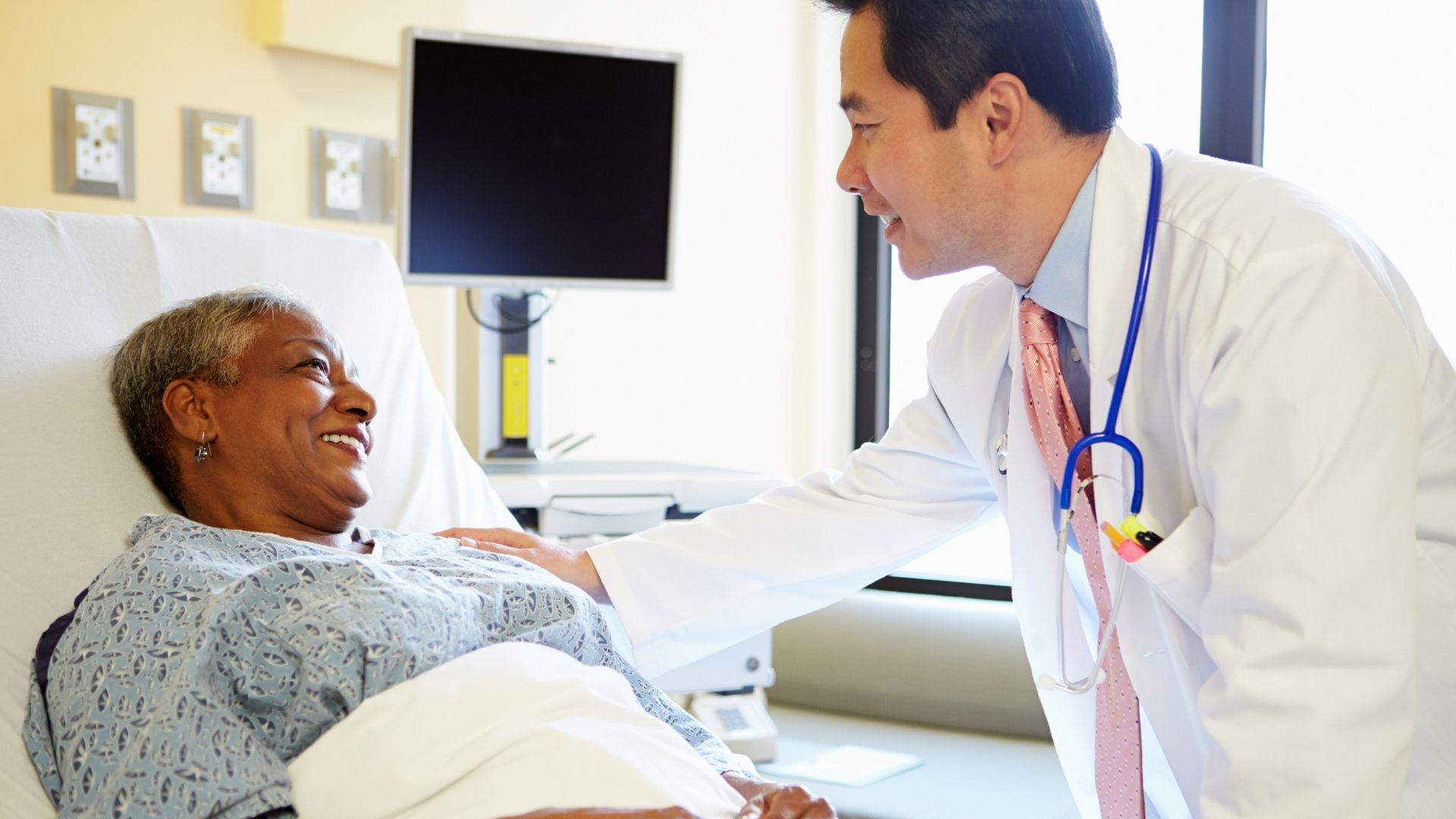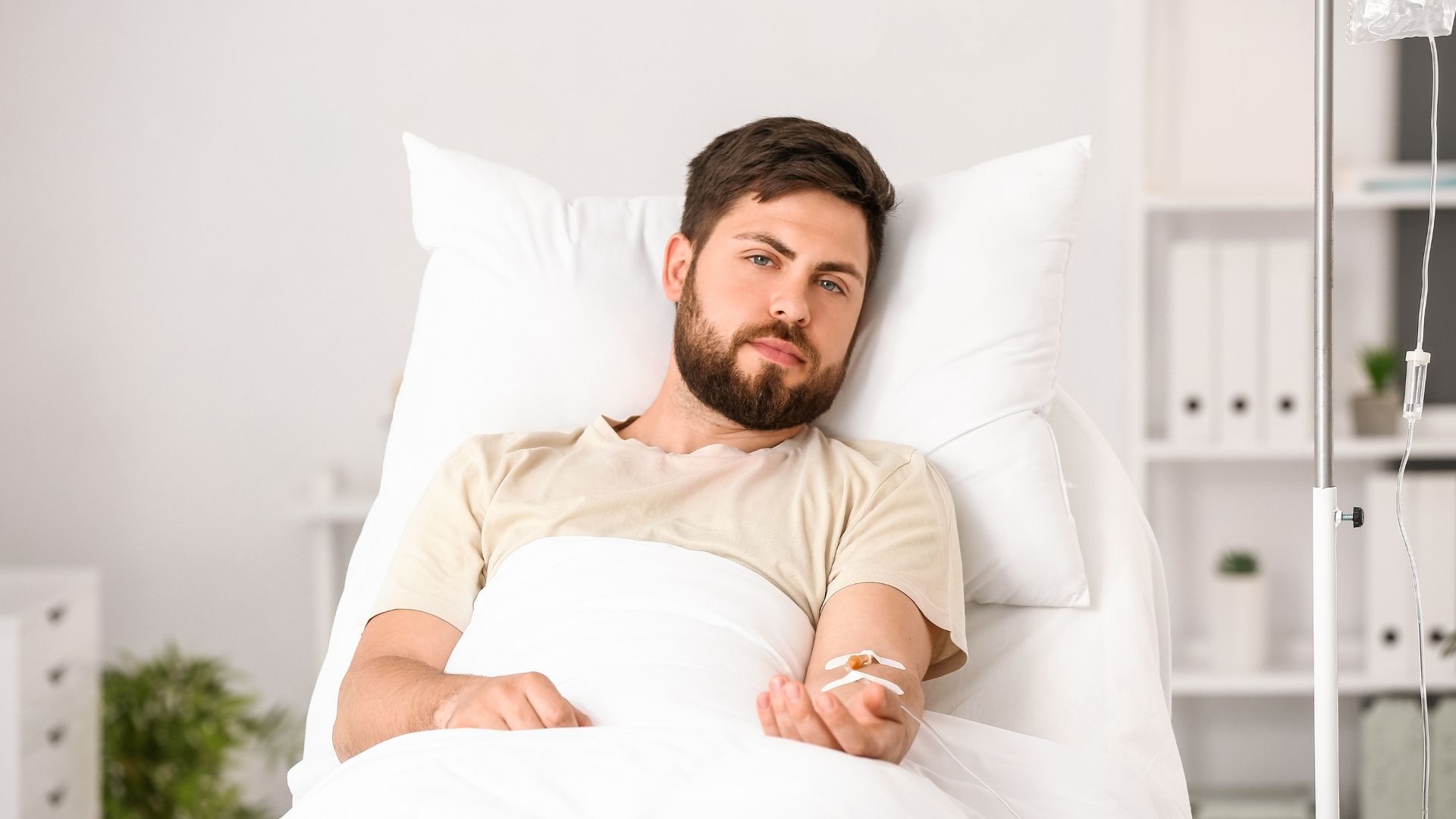Stem cell transplant side-effects

You are likely to experience some side-effects from your stem cell transplant. Tell your medical team about your side-effects or if you feel unwell in any way. It's helpful to learn about potential side-effects in advance so that you can be prepared.
Stem cell transplant side-effects can include:
Infection
Your immune system will be less strong and you will be at risk of infection, due to a lower number of infection-fighting white blood cells. For example, the bacteria normally present on your skin can cause skin infections.
You will be in isolation to try and reduce your risk of infection. It is important to shower regularly, especially if you have diarrhoea. You will also have a special diet to avoid foods that may cause an infection.
Your nurses will monitor you very closely for signs of infection. They will check your temperature regularly along with your pulse and blood pressure, particularly when your white cell count remains low. Fever is the most common sign of infection. Some patients can feel cold and start shivering (known as a rigor) before a fever. Let your nurse know straight away if this happens to you.
If your symptoms suggest an infection, blood tests and other tests like a chest X-ray or lung scan will be taken. You will probably have antibiotics through your central line.
If you still have a temperature after 24 or 48 hours, doctors may change the antibiotics.
Occasionally people can become very ill with infection and develop a condition called sepsis. Sepsis can result in low blood pressure or difficulty breathing and can even require admission to the intensive care unit for closer monitoring.
When you no longer have a fever and you’re feeling better, the antibiotic treatment is stopped. It is common for patients to have infections and treatment with antibiotics after their transplant.
Anaemia
A lack of red blood cells, which can cause you to feel tired, breathless and lack energy.
While waiting for the new stem cells to mature, you may need some blood transfusions to boost your red cell levels. It is best to balance periods of rest and activity. Do keep active to avoid problems that can happen due to staying in bed for long periods, such as pneumonia. But on the other hand, do rest often during the day.
Bleeding and bruising
You may notice unexplained bleeding and bruising. For example, bleeding gums and nosebleeds. This is caused by a lack of platelet cells, which help the blood to clot and stop bleeding. Tell your doctor or nurse if you notice any unexplained bleeding or bruising.
You may need a blood transfusion or a transfusion of platelets to help with this until your bone marrow has recovered and can start making platelets again. You will also need to be careful to avoid injuries and cuts.
Fatigue (tiredness)
Fatigue is extreme tiredness. You may find that activities such as showering or bathing are exhausting and even reading a book, watching television or talking to people is difficult. Fatigue can be caused by a low red blood cell count should improve once your blood cell counts recover, but it may carry on for months after your treatment. Read more about coping with fatigue.
Sickness and diarrhoea
Feeling sick (nausea), getting sick (vomiting) and frequent loose watery poos (diarrhoea) are common side-effects of chemotherapy and other medicines. You will be given anti-sickness medication to control any nausea and vomiting you have.
It can help to eat small portions often rather than big meals. If you cannot tolerate food, you may be given liquid nutrients through a vein to make sure you get all the essential vitamins and minerals you need and so you do not lose weight.
If you get diarrhoea tell your doctor or nurse. There is medicine that can help to control it and creams to prevent any discomfort that may occur as a result. If you have existing piles (haemorrhoids), tell the staff, as these may become painful if you are having diarrhoea.
You will also need to drink more to replace fluids you have lost.
We have some tips to help you manage sickness and diarrhoea.
Sore mouth
Your mouth might feel sore and ulcers can develop, often after receiving chemotherapy drugs.
The stronger your treatment, the more likely you are to get this problem. As a result, your mouth or throat may begin to get sore a couple of days after the transplant. You may notice that your tongue looks white and the lining of your mouth becomes tender. Your saliva might also become thick. You might find that your throat is sore and you cannot swallow as normal.
Regular painkillers can be given to relieve the pain, while special mouthwashes with local anaesthetic can also be used. The soreness will improve once your stem cells begin to mature.
It’s important to keep your mouth, teeth and gums clean, to reduce the risk of infection. This may be hard if your mouth is very sore – ask your nurse for advice about this.
Tell your nurse or doctor if your mouth is sore, if you notice black or white spots on your tongue or if you’re finding it hard to swallow or eat. We also have some tips to help you cope.
Eating difficulties
You may have little appetite or find it hard to eat because of a sore mouth, nausea or other side-effects. It’s important to try and eat as well as possible, so ask the dietitian or your doctor or nurse for advice. We have tips to help you cope with eating difficulties.
Hair loss (alopecia)
Due to the high-dose chemotherapy, you will probably lose your hair - from your head and then from your eyebrows, eyelashes, underarm and pubic area. You might get severe hair thinning or total hair loss. This can be very upsetting.
Remember, the hair loss is temporary. Hair regrowth usually begins any time from 2 months after the chemotherapy, but may take longer. Your hair might grow back a different shade or be curly.
These differences often disappear as your hair continues to grow. Read more about hair loss, including information how to cope and advice on wigs.
Infertility
Due to the high-dose chemotherapy, you are likely to become infertile, but this does not always happen. For many people, treatment will mean that they cannot have children.
For women, your periods may stop or become irregular. You may experience early menopause with symptoms such as hot flushes or vaginal dryness, but your hormone levels will be checked to make sure. Read tips on coping with menopausal symptoms.
For men, you may stop making sperm after high-dose chemotherapy. While most chemotherapy drugs cause infertility some do not. Talk to your doctors and nurses about the chance of getting this side-effect. Remember to still use a condom if you or your partner is of childbearing age and ask your medical team about how long you need to use contraception for.
Before starting high-dose chemotherapy, it may be possible to store sperm if you are male. Rotunda IVF at the Rotunda Hospital in Dublin provides this service. If you are female, talk to your doctor about your options.
Veno-occlusive disease (VOD)
Veno-occlusive disease (VOD) happens when the blood flow through the small veins of the liver is partially blocked. This can cause pain or swelling in your tummy and jaundice (yellowing of the eyes and skin). It can also cause a build-up of fluid in your legs and ankles. It is treated with drugs to try to dissolve the clots.
VOD can be a very serious problem and you will be given treatment immediately. Recovery is helped by the liver’s great ability to repair itself.
Graft versus host disease (GvHD) - Donor (allogeneic) transplants
GvHD can range from mild to severe. It may even be life-threatening. It mainly affects the skin, mouth, liver, stomach and bowel. You will have treatment with drugs before and after your transplant to reduce the risk of GvHD. There are two different types of GvHD: acute and chronic.
Acute graft versus host disease - Donor (allogeneic) transplants
Acute GvHD usually happens within the first 100 days of your transplant. It mainly affects the cells of the skin, causing a rash. It may also attack the cells of the liver and gut. Around 2 to 3 weeks after your transplant (when your donor’s stem cells are expected to engraft), your doctors will seem particularly interested in the palms of your hands and the soles of your feet. They will check them daily for any signs of GvHD, such as redness or itching. They will also monitor your gut and bowel and ask you if you have diarrhoea.
Chronic graft versus host disease - Donor (allogeneic) transplants
Chronic GvHD starts more than 100 days after your transplant. It can develop from acute GvHD or happen on its own. It may affect your skin, liver, gut, eyes, mouth, lungs and joints. Chronic GvHD is mainly treated with immunosuppressive drugs. These drugs help stop your donor’s cells attacking your body’s tissues. Sometimes chronic GvHD can be difficult to treat. In this case, your doctors will try different treatments. After a time the condition often improves.
Graft versus disease effect - Donor (allogeneic) transplants
Donor cells may attack any remaining leukaemia cells. This is a positive and powerful effect. It can also happen in other diseases such as lymphoma and myeloma, but does not tend to be as effective. Some patients may receive a donor lymphocyte infusion (DLI) to help with this effect.
Donor lymphocyte infusion
DLI means having an infusion of donor lymphocyte cells into your blood. This is done if blood tests show that you have a mixture of your own and your donor’s blood and bone marrow cells after the transplant. This is called mixed chimerism. Mixed chimerism can improve on its own, but sometimes a DLI is needed to destroy any of your own cells that survive.
The aim of DLIs is to reduce the risk of the cancer coming back. Usually you will receive only a small number of donor cells, to reduce the risk of developing graft versus host disease (GvHD). You can have more DLIs if you need them. You may also have DLIs along with chemotherapy if the cancer comes back after your transplant (relapse).
For more information
Phone
1800 200 700



